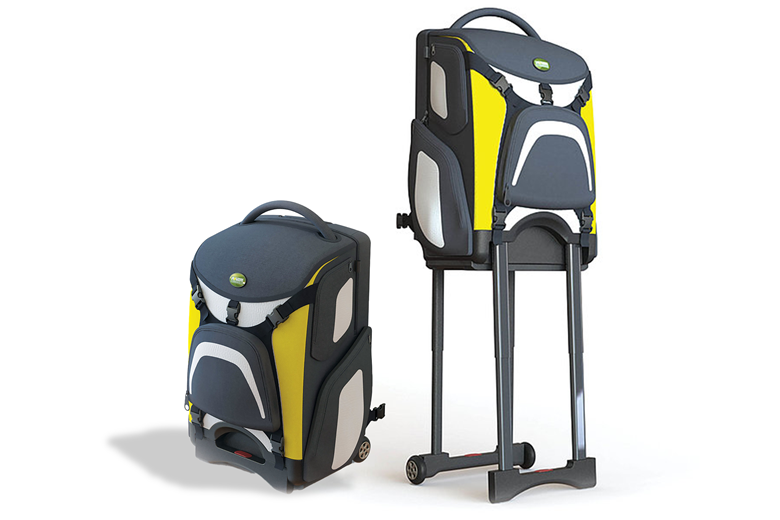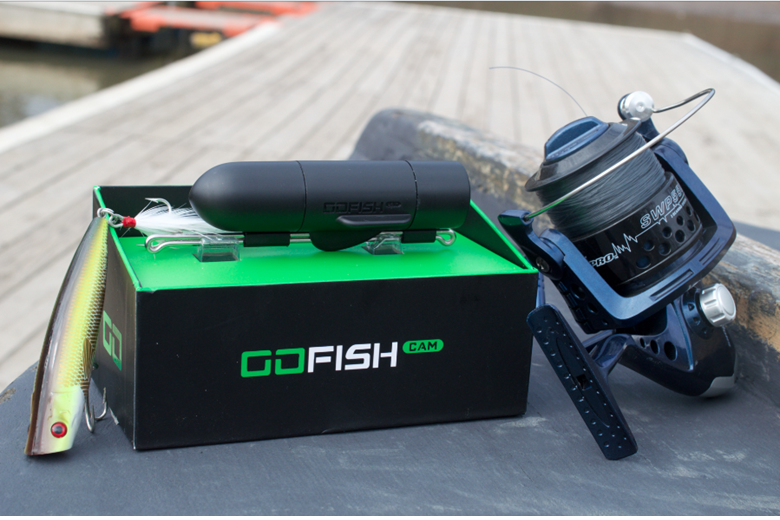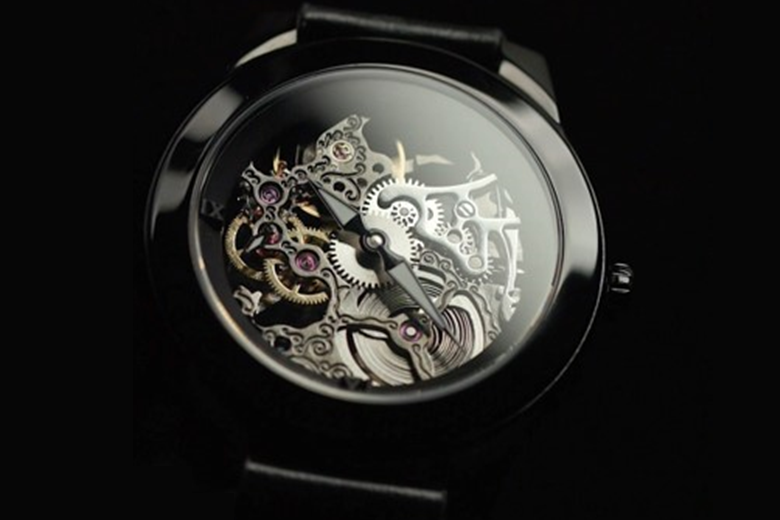What is Product Validation?
Product validation is the process of helping determine if there is a need for your invention idea in the current market. To put it simply, is the product something that your customers want?
Not just a product that you think your customers will love, but a product that provides real value to them.
Thus, knowing how to validate a product prior to development will save inventors valuable time, effort, and resources. Because the last thing you want is to build the wrong product – think of Microsoft’s infamous Zune catastrophe for example.
While it’s impossible to definitively predict how successful a product becomes in the market, there are ways to help position your product for market success.
How Do You Validate a Product?
To validate a product, you need to determine if your product satisfies a need in a way that your customers expect, and can easily understand and use.
Your product satisfies a need if:
It solves one or two specific problems for enough people who encounter this problem on a regular basis.
Your product is easy to understand and use if:
It only solves one or two problems.
You may have good intentions for trying to pack as many features and functions as you can in your product. However, this approach often confuses customers and makes them wonder what your product actually does.
And meeting the two broad criteria above starts with a five-question product validation plan.
Questions to Ask During Product Validation
Answering the five product validation questions below help inventors focus their invention idea. Thus, providing you, designers, and engineers a clear direction that everyone works towards.

1. What problem is your product idea solving?
Good product validation engineers (and for that matter businesspeople) are problem solvers; great engineers are problem definers.
Seem strange?
Albert Einstein put it like this, “If I were given one hour to save the planet, I would spend 59 minutes defining the problem and one minute resolving it.”
The point is, by using your grey matter to define the problem your product idea is solving, you parse down the complexity and isolate the areas to focus on.
It’s this focus that will help you create testing units. Units that closely resemble the final product in the product prototyping phase of development. You should then use these near-final units in your product validation process. Either sell or distribute these units with the objective of getting valuable feedback about if the product really does solve a problem and in a way that your customers enjoy.
By getting this feedback, you can save valuable resources to refine your product before you spend money on tooling and manufacturing. Not to mention, it is this same focus that will carry you successfully through the manufacturing and sales phases.

2. How is your product idea different than competitors’ products?
In today’s global economy, your product idea should have a unique function or quality for it will be competing around the globe.
So as part of your product validation plan, you should think about you can differentiate your product from your competitors.
In addition, by understanding what is different about your product, you will, by extension, begin to understand what market your product idea will be competing in. This is critical because product validation is also about securing the long-term success of a product.
This is not to say that your product idea must have completely different functionality than another product. After all, there are a lot of different automobiles, headphones, and a variety of other products that perform the same or similar functions.
Therefore, your product idea can still be similar to other products. However, think about how you want to differentiate your product from others with variables such as cost, aesthetics, or materials. Most importantly, think about how these variables provide further value to your customers.
It is the differences in your product that you can use to leverage your product to success.

3. What environment will your product idea be used in?
Think of the environment as the real-time setting where customers use the product. In this part of the product validation plan, you need to consider where customers use the product; such as a physical environment or social situation.
By physical environments, we mean if the product is going to be used indoors or outdoors. Or maybe in hot or cold places. If so, your product may require water-tight seals for wet conditions or proper insulation to withstand extreme temperatures.
Regarding social situations, you want to ask yourself if the product is meant to be used for formal occasions. Or maybe it needs to fit a certain modern aesthetic.
The question of environment helps determine how to validate your product and understand where and how your product will be used as you take it from idea to prototype.

4. What is your product made of?
Though it’s certainly important to think about what materials your product idea will be made of (plastic, metal, wood, etc.) this question is not simply a question of materials. The product validation process also requires inventors, designers, and engineers to think about the components and mechanisms that make up your product.
Are the components of your product going to be custom designed? Can off-the-shelf be used to decrease costs? Is the product idea an electrical design project? Will a simple microcontroller do, or does the product need a microprocessor? Does it need software? If your product has a hinge, how long and robust will it need to be?
Indeed, not all these questions need to be or can be answered at the idea stage. As you follow through with your product validation plan, be prepared to make updates based on MAKO’s product design services and feedback.
But, by thinking about materials, components, and mechanisms, you refine your idea and provide a clear direction for yourself and anyone else you work with.

5. Where will your product be sold?
Unless your prototype is for academic purposes, chances are you will be looking to commercialize your product.
Whether your goal is to have your product be picked up by a retailer or you are planning to sell it on your website, having the end goal in mind at the beginning can help give further focus to your idea. In addition, this thinking will place you well ahead of when you enter the sales phase.
Product Validation: FAQs
physical prototype, to help determine if there is a need for your product in the market. To get the best feedback, the physical prototype should function and look similar to the actual product and you’re testing the prototype with the target audience.
This first type of product validation involves reaching out to your immediate network to validate and get feedback for your initial idea. We also recommend consulting a professional design firm like MAKO Design to determine if it’s feasible. Inventors should also leverage the power of short-run manufacturing methods to sell a small batch of units through crowdfunding or other channels to gauge interest and get feedback about the usability and aesthetics of the product from real users.
Product validation occurs at every stage of MAKO’s product development cycle. In the research, sketch, and 3D CAD development phases, we’ll research the types of components sketch the product to help ensure it matches your vision, validate it’s feasible to manufacture the product. In the prototyping phases, this is a great way to get real units in your customers’ hands to make any final changes before progressing to manufacturing.
Final Notes on Product Validation
Product validation is an important aspect of the entire end-to-end product development cycle. Because product validation is really the act of putting your customers first. Thereby creating a product that truly delivers value for them.
MAKO Design is all about designing and developing products with your customers in mind. From design to prototyping to manufacturing, every recommendation we make is to deliver value to your customers while minimizing risk and costs to you.
About: MAKO Design + Invent is the original firm providing world-class consumer product development services tailored to startups, small manufacturers, and inventors. Simply put, we are the leading one-stop-shop for developing your physical product from idea to store shelves, all in a high-quality, cost-effective, and timely manner. We operate as one powerhouse 30-person product design team spread across 4 offices to serve you (Austin, Miami, San Francisco, & Toronto). We have full-stack in-house industrial design, mechanical engineering, electrical engineering, patent referral, prototyping, and manufacturing services. To assist our startup and inventor clients, in addition to above, we help with business strategy, product strategy, marketing, and sales/distribution for all consumer product categories. Also, our founder Kevin Mako hosts The Product Startup Podcast, the industry's leading hardware podcast. Check it out for tips, interviews, and best practices for hardware startups, inventors, and product developers. Click HERE to learn more about MAKO Design + Invent!







